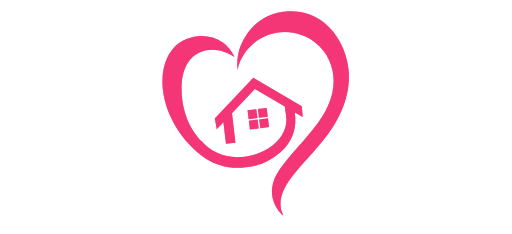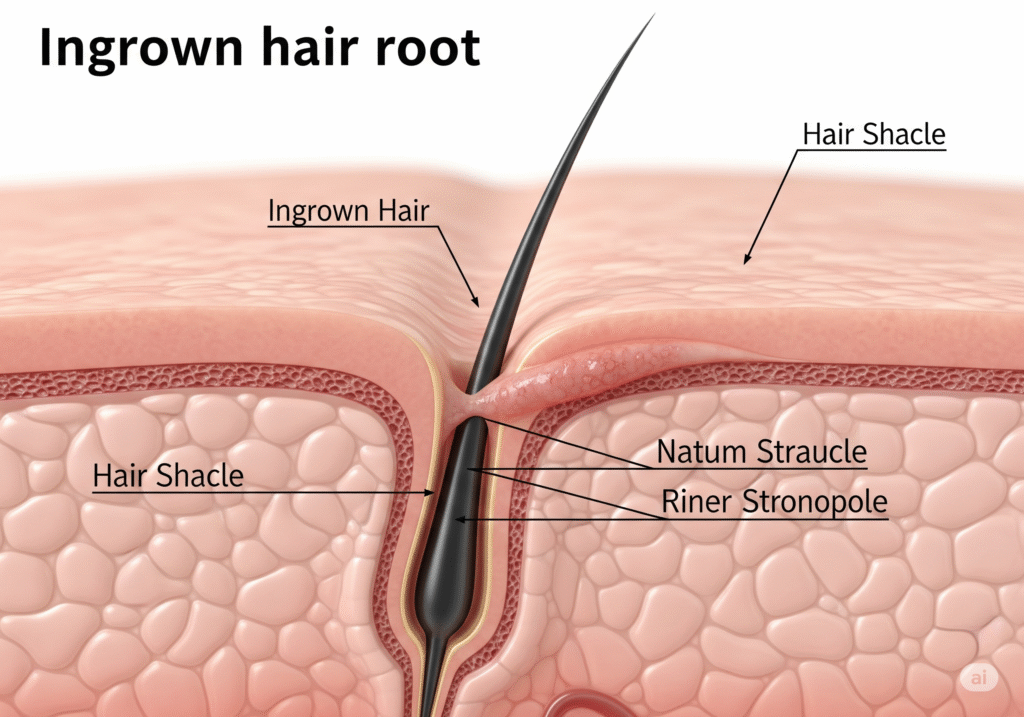Ingrown hairs are a common skin concern that affects people of all genders and ages, particularly those who shave, wax, or pluck hair regularly. While they may seem like a minor issue, ingrown hairs can lead to discomfort, inflammation, and even infection if not properly treated.
In this guide, you’ll learn what causes ingrown hairs, how to prevent them, and the best treatment options available—whether at home or with the help of a skincare professional.
What Is an Ingrown Hair?
An ingrown hair occurs when a hair grows back into the skin instead of rising up from it. This can cause a red, swollen bump that resembles a pimple, often filled with pus. In some cases, you may also see the hair trapped under the skin.
They commonly appear in areas where hair is removed, such as:
- Face and neck (especially for men who shave)
- Legs
- Armpits
- Bikini line
- Chest and back
Causes of Ingrown Hair
Understanding the causes of them can help prevent them. The most common factors include:
- Shaving too closely: Tight shaves can cause the sharp tip of the hair to grow sideways into the skin.
- Curly or coarse hair: Naturally curly or thick hair is more likely to curl back into the skin.
- Dead skin buildup: This can clog hair follicles and force hair to grow sideways.
- Improper hair removal techniques: Waxing or plucking can sometimes break the hair beneath the skin’s surface.
How to Prevent Ingrown Hair
Prevention is key to avoiding the discomfort of these hairs. Here are some effective tips:
- Exfoliate regularly: Use a gentle scrub or chemical exfoliant to remove dead skin and unclog pores.
- Use proper shaving techniques: Always shave in the direction of hair growth and avoid going over the same area multiple times.
- Choose the right razor: Opt for a single-blade razor or electric trimmer to avoid cutting hair too close to the skin.
- Moisturize your skin: Hydrated skin is less prone to irritation and ingrown hairs.
- Avoid tight clothing: Friction from tight clothes can aggravate the skin and trap hairs.
Treatment Options for Ingrown Hair
Already have an ingrown hair? Don’t worry—there are several safe and effective treatment methods:
At-Home Remedies
- Warm compress: Apply a warm, damp cloth to soften the skin and bring the hair closer to the surface.
- Gently exfoliate: Use a mild scrub or a salicylic acid-based cleanser to clear the follicle.
- Sterile needle or tweezers: If the hair is visible, you can gently lift it out—but avoid digging into the skin.
- Topical creams: Use over-the-counter creams with ingredients like benzoyl peroxide or glycolic acid to reduce inflammation.
When to See a Dermatologist
- If the the hair becomes infected (red, painful, pus-filled)
- If you frequently get ingrown hairs despite prevention
- If you develop razor bumps or hyperpigmentation
A dermatologist may prescribe retinoids, topical antibiotics, or recommend laser hair removal for long-term prevention.
Laser Hair Removal for Ingrown Hairs
One of the most effective ways to eliminate and prevent them is laser hair removal. This treatment targets the hair follicle and reduces hair growth over time, significantly lowering the chances of hairs growing back into the skin.
It’s particularly useful for those with recurrent ingrown hairs on the face, bikini line, or underarms. Many people see a dramatic improvement after a few sessions.
Final Thoughts
Ingrown hairs may be common, but they don’t have to be a recurring problem. By understanding their causes, adopting proper hair removal techniques, and exploring treatments like laser hair removal, you can enjoy smoother, clearer skin with less irritation.
If your ingrown hairs are persistent or painful, consider booking an appointment with a skincare specialist or dermatologist to explore professional treatment options tailored to your skin type.



